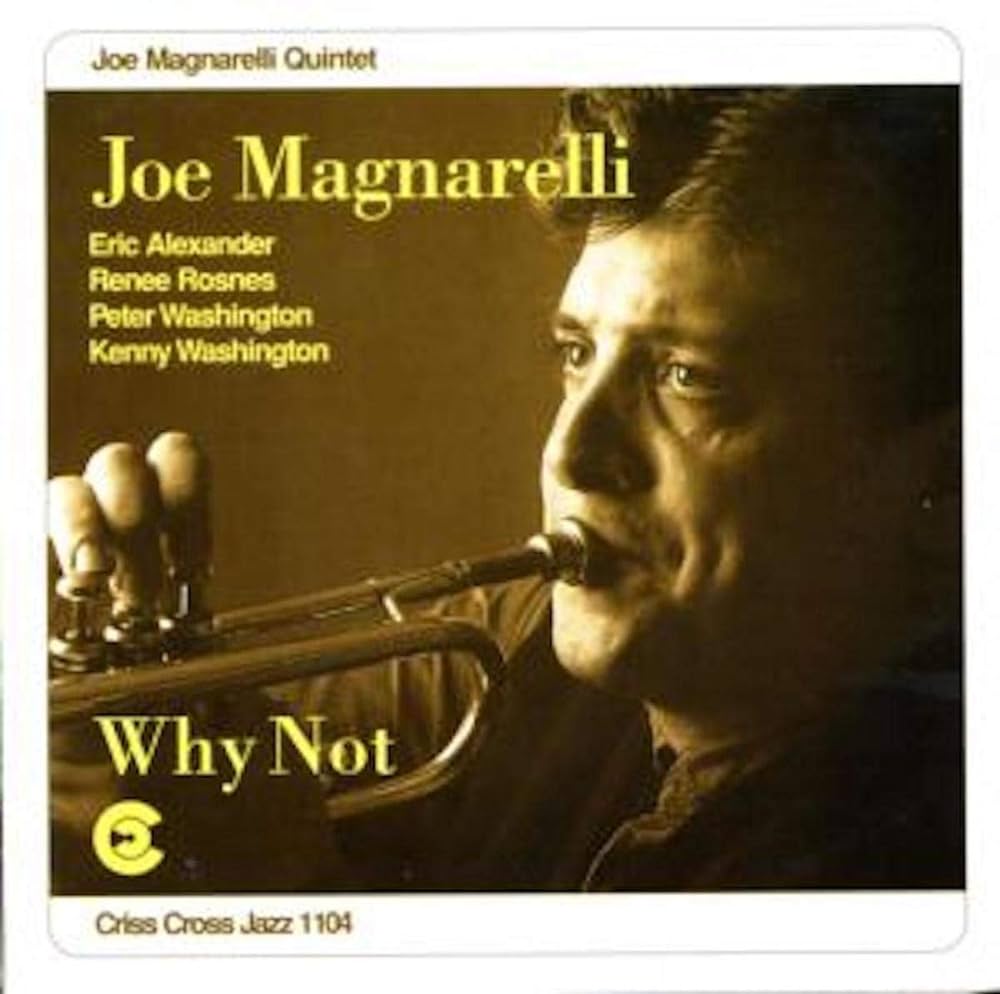Storyteller – Renee Rosnes
This song keeps a strong melodic thread through several changes of meter and key center. It was originally recorded on Renee Rosnes' first album as a leader. A solo piano arrangement by Renee is available.
- Recording: Renee Rosnes - Renee Rosnes
- Recorded on: February 4, 1989
- Label: Blue Note (B1-93561)
- Concert Key: No key center
- Vocal Range: , to
- Style: 3/4 swing (medium)
- Tenor Sax - Ralph Bowen
- Piano - Renee Rosnes
- Bass - Ron Carter
- Drums - Lewis Nash
- Description
- Historical Notes
- Solos
- Piano Corner
- Bass Corner
- Drum Corner
- Guitar Corner
- Inside & Beyond
- Minus You
This song may seem complex because of its changes of meter and feel and lack of a singular key center, but the melody really does tell a story and holds everything together. Though mostly in 3/4, The Storyteller switches to 4/4 for a four-measure B section after the 12-measure A section. The lines of the melody travel up and down in thirds throughout; the A section melody stays in a C major or A minor tonality though the changes move toward more of a C minor sound toward the end of the section. In the head, A and B are followed by a C section the same as A, going into a D section which vamps on B whole-tone scale. Solos are on a shorter version of the head form, alternating A and B for a 16-measure chorus. There is an intro with six measures of mostly descending chords, followed by eight measures of the whole-tone vamp as in the D section of the head.
Our lead sheet reflects some changes that have been made to the song since the two recordings; a few elements of the form are different. The D section of the head is repeated in the lead sheet (16 measures of vamp in total), but on the recordings it is played once on the in head. On the out head, both versions vamp D and fade out as an ending. Our lead sheet shows an alternate ending: a return to the first six measures of the intro, on cue after the vamp.
Our lead sheets show a piano line in the vamp sections of the intro and D; Renee plays this line on the intro of the original recording. The feel in the drums for the 3/4 sections of this song is essentially a Latin groove, but with swing eighths.
Click on Piano Corner for details about the solo piano arrangement.
Our lead sheet reflects some changes that have been made to the song since the two recordings; a few elements of the form are different. The D section of the head is repeated in the lead sheet (16 measures of vamp in total), but on the recordings it is played once on the in head. On the out head, both versions vamp D and fade out as an ending. Our lead sheet shows an alternate ending: a return to the first six measures of the intro, on cue after the vamp.
Our lead sheets show a piano line in the vamp sections of the intro and D; Renee plays this line on the intro of the original recording. The feel in the drums for the 3/4 sections of this song is essentially a Latin groove, but with swing eighths.
Click on Piano Corner for details about the solo piano arrangement.
For more from this album, check out I.A. Blues, also recorded at this session, and Fleur-de-lis from an earlier two-piano session with Renee and Herbie Hancock. Other songs from the February 4, 1989, session feature Branford Marsalis on tenor and soprano sax, while one additional track is a live recording of Wayne Shorter's Diana featuring Wayne himself on soprano sax in a duo setting with Renee.
A solo piano arrangement by Renee Rosnes is available, which consists of the intro and head. The piano line on the vamp section of the intro, as shown in our lead sheet, is voiced in augmented triads in the right hand with a subtle supporting left-hand groove. The left hand continues to hold down a groove through the A section; when this same section returns as C the left-hand figures are stronger and more chordal. D is the same as the vamp section of the intro; after the repeat of D there is a cadence back to a final A minor chord—yet another possibility for an ending besides the one shown on the lead sheet.
Related Songs
Email Send Storyteller to a friend
Send this page to a friend via email. Add your name or email in the first field. In the second, add one or more email addresses, separated by a comma.
- Recording: Joe Magnarelli - Why Not?
- Recorded on: December 21, 1994
- Label: Criss Cross Jazz (1104)
- Concert Key: No key center
- Vocal Range: , to
- Style: 3/4 swing (medium)
- Trumpet - Joe Magnarelli
- Tenor Sax - Eric Alexander
- Piano - Renee Rosnes
- Bass - Peter Washington
- Drums - Kenny Washington
Video
- Description
- Historical Notes
- Solos
- Piano Corner
- Bass Corner
- Drum Corner
- Guitar Corner
- Inside & Beyond
- Minus You
This quintet recording is similar to the original quartet version, but with different dynamics and phrasing. The intro starts strongly, and the rhythm section backs off a bit for the head with muted trumpet on the melody—the quartet version has a much gentler intro and builds into the head. This quintet version adds a "shout" figure for the drums before the out head, but the overall form is the same as the original version.
"Why Not?" was Joe Magnarelli's debut album as a leader, and his only recording so far with Renee Rosnes. Eric Alexander also recorded alongside Renee with vocalist Little Jimmy Scott and trombonist Michael Dease.
A solo piano arrangement is available, which consists of the intro and head. The piano line on the vamp section of the intro, as shown in our lead sheet, is voiced in augmented triads in the right hand with a subtle supporting left-hand groove. The left hand continues to hold down a groove through the A section; when this same section returns as C the left-hand figures are stronger and more chordal. D is the same as the vamp section of the intro; after the repeat of D there is a cadence back to a final A minor chord—yet another possibility for an ending besides the one shown on the lead sheet.
Related Songs
Email Send Storyteller to a friend
Send this page to a friend via email. Add your name or email in the first field. In the second, add one or more email addresses, separated by a comma.

Renee Rosnes
born on March 24, 1962
Few can deny that Renee Rosnes is one of the most important pianists and composers in contemporary jazz. As a child, Renee was initially attracted to classical piano, but became interested in jazz during high school. She went on to study classical piano performance at the University of Toronto but returned to Vancouver to pursue jazz. Renee quickly rose to the top of Vancouver's active jazz scene and performed as a sideman with Joe Farrell and Dave Liebman while still in her teens. Read more...
There was a problem.
...




